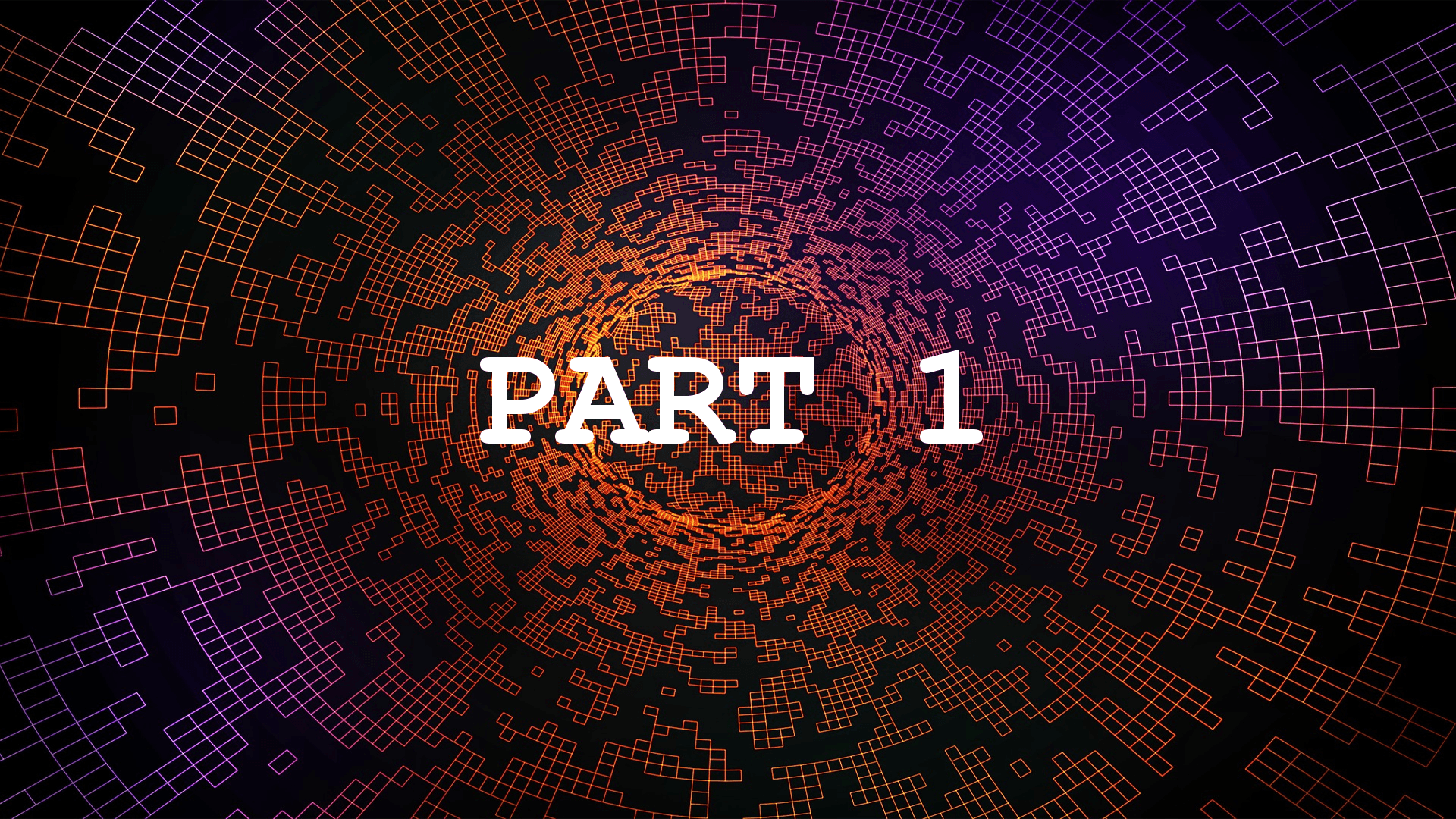Part 1: The Future of Blockchain Technology and Decentralized Apps
Blockchain is one of those buzzwords that continue to create headlines. Its deep association lies with Bitcoin and other cryptocurrencies. However, while cryptocurrencies use blockchain under the hood, blockchain is not a cryptocurrency. In fact, it is so much more than that.We’re seeing a huge influx of apps and services being developed using blockchain technology at their core. The nature of blockchain—a process called decentralization to be precise—and the way apps can now run across multiple clusters without a central server in place, make blockchain that much more appealing for developers.There is no doubt that blockchain and decentralized apps will continue to shape the future. The big question is how. What does the future have in store for blockchain technology and decentralized apps?
Blockchain Explained
Before we can look ahead and start talking about the different uses of blockchain, we need to take a step back and review what blockchain technology has been utilized for these past few years. Blockchain technology explained by Don & Alex Tapscott, the authors of Blockchain Revolution: How the Technology Behind Bitcoin and Other Cryptocurrencies Is Changing the World, will give you a clearer view—if you’re not already familiar with the concept.“Blockchain is an incorruptible digital ledger of economic transactions that can be programmed to record not just financial transactions but virtually everything of value.”Simply put, blockchain is one big ledger where blocks that contain information or codes are stored. Blockchain applications are different to other forms of distribution in one specific way. Rather than copying blocks or replicating their contents, blockchain actually distributes each entry across the network. This is the heart of blockchain’s benefits, including security and reliability too.Since blocks are distributed across the network, it is virtually impossible to alter the information stored in them. Changing one block will not work because the network will figure out the changes made to that particular block and restore it immediately.Trying to hack the entire network and alter its contents is also impossible because each entry is stored in a ledger and gets updated only when the ledger is updated. It is always possible to trace the changes made to a blockchain in great detail, adding an extra layer of security to the whole network.
A Reconciled Chain
Understanding blockchain and how it sits at the core of decentralization is best done by thinking of it as a way to store a spreadsheet containing your expenses. The spreadsheet is distributed across multiple blocks within the network and gets reconciled periodically.Reconciliation is the key here. Changes are approved by multiple blockchain algorithms in a secure manner that varies according to cryptocurrency. When a new transaction is added to the spreadsheet, the network gets updated in the same reconciled way.Since the network operates in a decentralized way, records stored in the spreadsheet are truly transparent and can be verified just as easily. You only need the network to do its reconciliation routine to check if the new entries added to the block are valid.Blockchain cannot be controlled by a single entity. It is designed from the ground up to be entirely decentralized. When implemented in apps and services, blockchain allows for the app to promote better collaboration while keeping data integrity intact.At the same time, the network doesn’t have a single point of failure. There is no way to cause a collapse of the entire network by corrupting one or two blocks. There is also no way to alter the information stored within the network from one part of the chain.
Blockchain and Decentralized Apps
Decentralized apps, also known as DApps, are built on top of the blockchain network; blockchain acts as the foundation of the DApp and provides a safe and reliable environment for the app to function. There are some critical benefits offered by this approach, including unrivaled data integrity and the fact that you have hundreds—if not thousands—of computers protecting the DApp itself.There is an extra layer that connects DApp with its underlying blockchain tech, which is known as a smart contract. Smart contracts are the part of blockchain that allows you to transfer money, properties, shares, and other valuable assets in a transparent way. In recent years, smart contracts have also been used to transfer information as part of a DApp or service.The backend of a DApp doesn’t run on a single server. Instead, it is decentralized across multiple devices for added reliability and transparency. With the backend completely decentralized, the front end side of the app can then connect to it and perform its usual tasks. For example, the frontend can send a request to be processed by the backend and receive responses in return.It doesn’t matter which physical computer responds to the request; that’s the beauty of a decentralized app. Every request and the responses to it are added to the ledger and the whole network is reconciled once the cycle ends. Naturally, communication between the backend and the frontend can be made more secure with additional security measures such as IDs and encryption.That brings us to another big advantage of DApps: the lack of middlemen. There is no need to clear transactions through a gateway or for web services to act as a channel for requests and responses. Every part of the network has the same capability to accept, verify, and process requests in a documented and transparent way.
The Pros and Cons
Many believe blockchain and DApp are the future, but that doesn’t mean the combination doesn’t have its pros and cons. We’ve discussed a number of benefits of using DApp before, including:
- The lack of middlemen for faster, more reliable request processing and cycles
- Unrivaled data integrity under even the most challenging situation
- No limit to the size of the network, plus enhanced capabilities when the network is bigger
- Ledger-based recording provides data transparency and easy verification of validity
- It’s open source and autonomous, especially with changes requiring the consensus of all nodes in the network
- There’s added security thanks to data being stored cryptographically inside the network
- They require—even incentivize—node participation in things such as token generation and information processing
The list of benefits goes on and on for blockchain and decentralized apps, but the implementation is not without its challenges. We go into this in more depth in Part 2 of this post, continue reading here. Ibexlabs is an experienced DevOps & Managed Services provider and an AWS consulting partner. Our AWS Certified DevOps consultancy team evaluates your infrastructure and make recommendations based on your individual business or personal requirements. Contact us today and set up a free consultation to discuss a custom-built solution tailored just for you.









